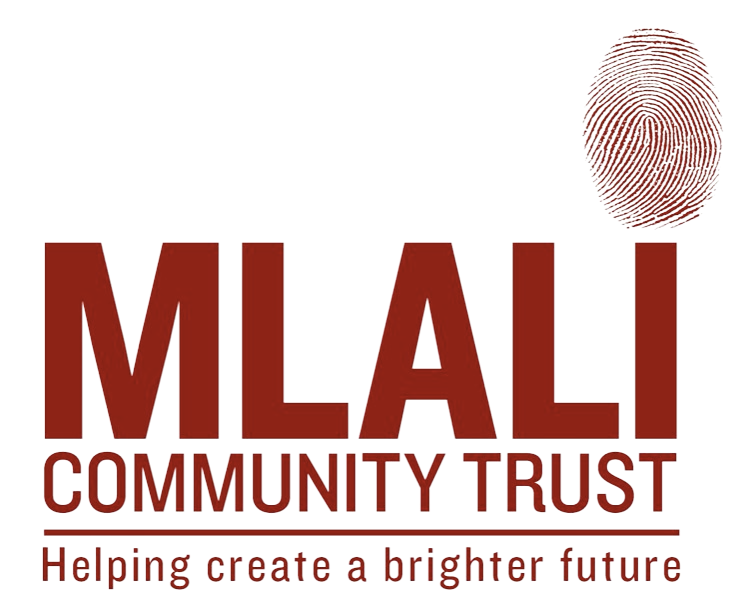QEA and the grassroots movement to achieve education for all
In both the UK and US, private education is often only available to families with the highest incomes. While Tanzania and other African countries also have expensive private schools, a growing movement is emerging—community-led, low-cost schools that aim to fill the gaps in the public education system. These schools focus on providing quality education for everyone, regardless of income. QEA is part of this movement, stepping in where public schools are overcrowded or too far away.
Though it’s hard to say exactly how many of these community-run schools exist, they play an important role, especially in rural areas. With lower and flexible fees, and sometimes working alongside the government, these schools offer affordable, quality education to thousands of children. Despite being largely overlooked, they are making a big difference toward achieving Sustainable Development Goal 4—ensuring inclusive and quality education for all.
What Are the Challenges?
Tanzania’s school system has three main levels: primary, secondary, and higher education. Primary school is supposed to be free and mandatory for seven years (ages 7–14), but in reality, families face several barriers:
Hidden Costs: While primary school is free on paper, families still have to cover things like food, security, and building repairs, making it hard to budget.
Lack of Resources: Schools often don’t have enough textbooks, materials, or even proper toilets. Teachers sometimes go months without pay, leading to a lack of motivation and frequent absences.
Overcrowded Classrooms: With too many students and not enough teachers, classrooms are packed, and it’s hard for teachers to focus on individual needs.
Shortage of Teachers: Especially in rural areas, there aren’t enough trained teachers to provide a good education, and in some cases, children are mistreated due to overworked staff and poor training.
Language Issues: The switch from Kiswahili in primary school to English in secondary school makes it harder for students to learn and succeed.
High Dropout Rates: Many children, especially girls, leave school early due to poverty, early marriages, or long distances they have to travel.
Although education is supposed to be free and accessible, many children—especially in rural areas—still struggle to get a good education.
Community-Led Solutions
While there is still a need for big changes in the education system, community-led, low-cost private schools like QEA are helping to address these challenges by:
Increasing Access: These schools are located in areas where public schools are overcrowded or too far away, making it easier for children to attend and stay in school.
Easing Overcrowding: By taking in students who would otherwise attend government schools, they help reduce class sizes and improve learning conditions.
Improving Quality: With smaller classes, dedicated teachers, and better resources, these schools often provide better education than many public schools. Teaching in English also helps students transition more easily into secondary school.
Affordable Fees: They charge lower fees than most private schools, making them more accessible to families with limited incomes. Some, like QEA, even offer free education to the most disadvantaged students, asking only for small contributions from families to keep them invested.
Supporting Girls and Vulnerable Students: These schools help girls and children with disabilities stay in school by providing safer environments and addressing issues like early marriage.
Looking Ahead
While these schools are making a real impact, they face financial challenges. Many rely on small fees or donations, which can make it hard to pay teachers, maintain buildings, and stay open to all students. To solve this, QEA is finding creative ways to raise money, like running a school shop, farm, and taxi service, with the help of MCT.
However, long-term change requires bigger reforms. Achieving Sustainable Development Goal 4—quality education for all—will take major improvements to the public education system, with support from the government and international community. While networks of community-led schools like QEA are showing what’s possible and providing crucial access to education, lasting and universal change will only come from a system-wide effort to provide quality education to all children. We can all be part of this, by supporting the work of schools like to QEA and raising our voices for the larger reforms that are needed.
For more on this movement, check out The Beautiful Tree by James Tooley.

